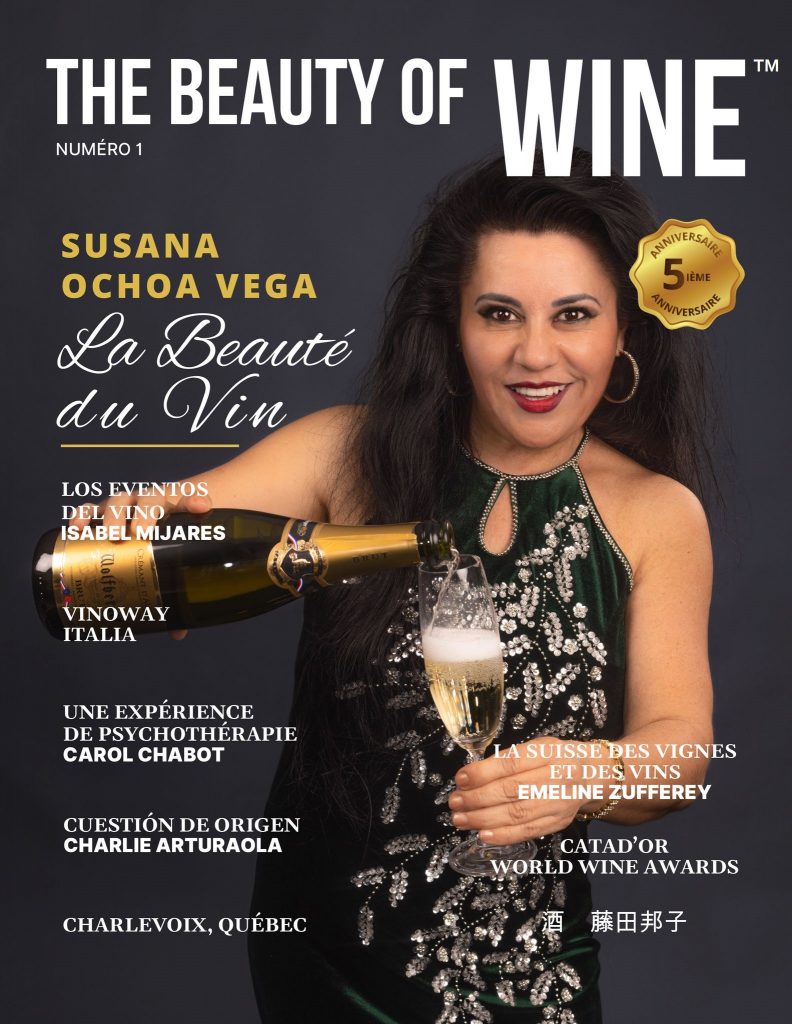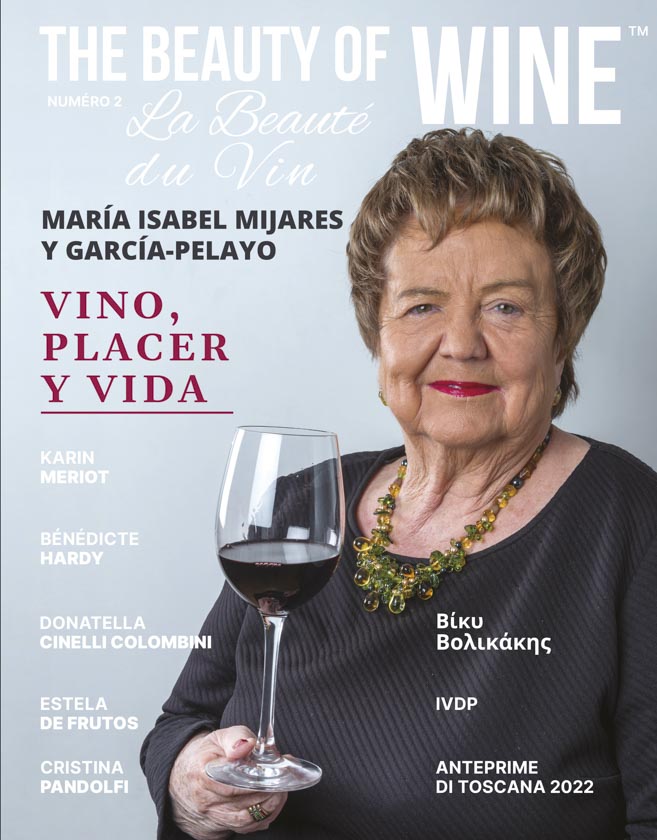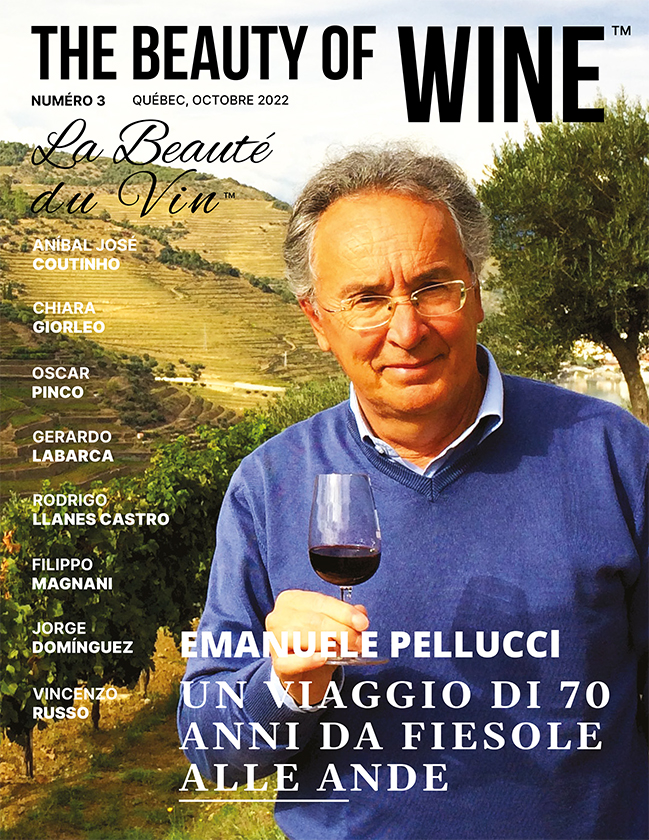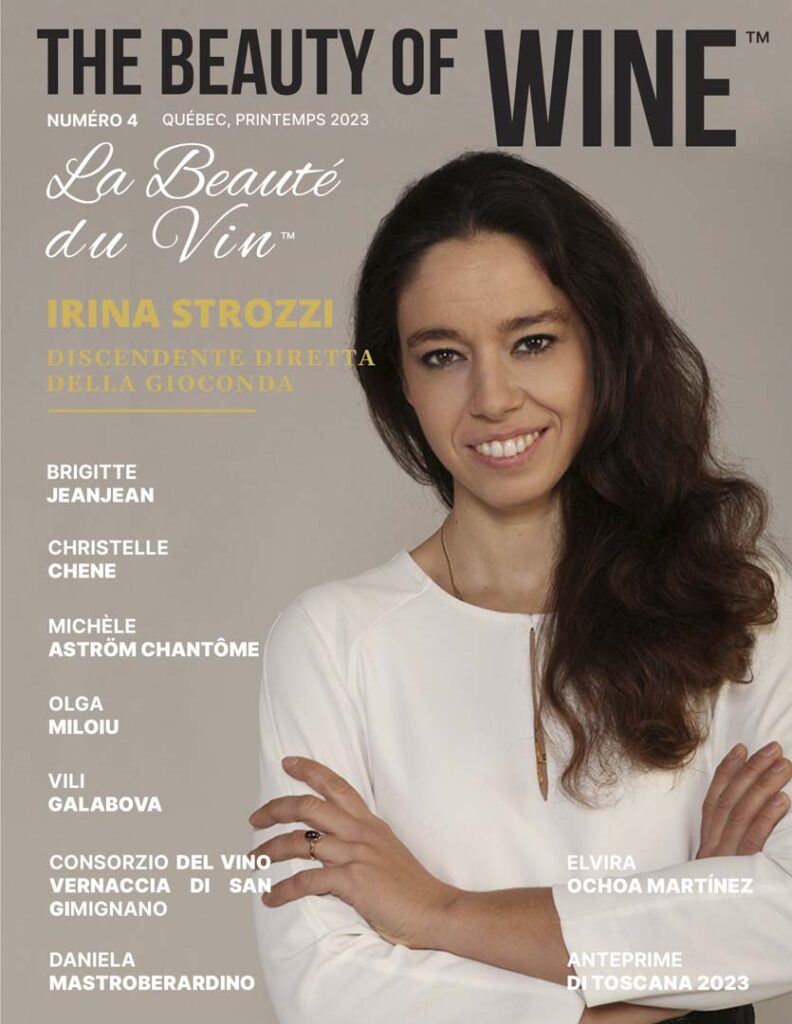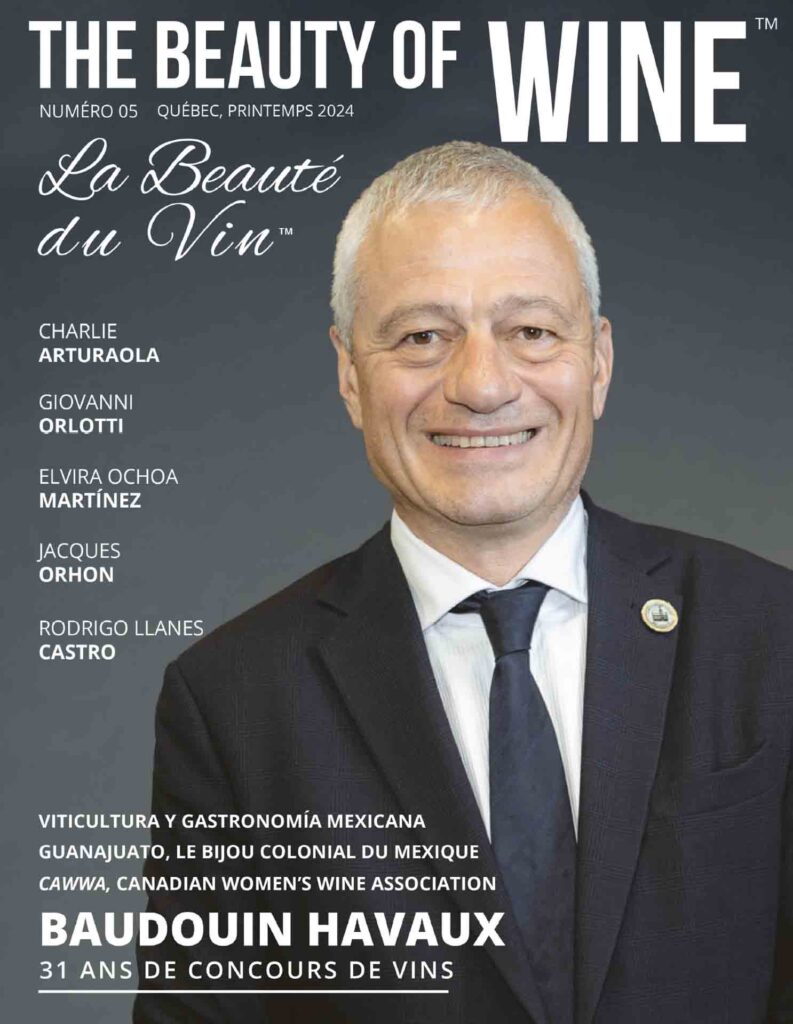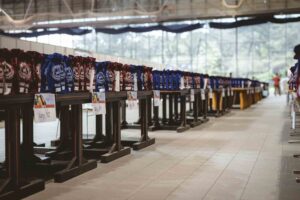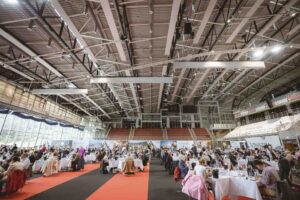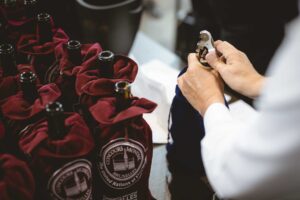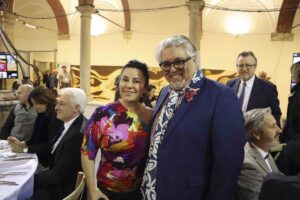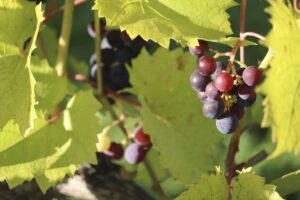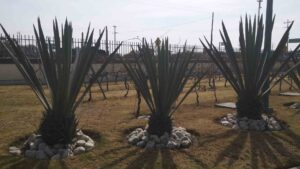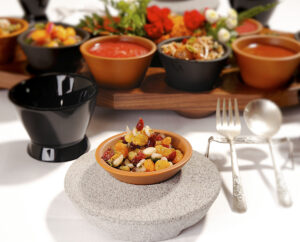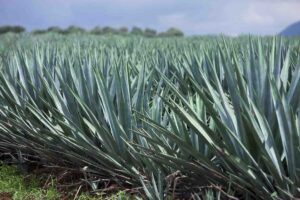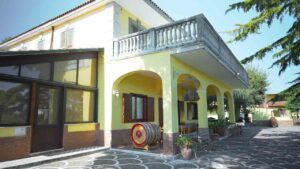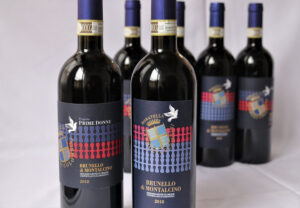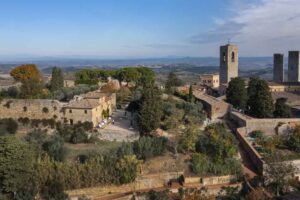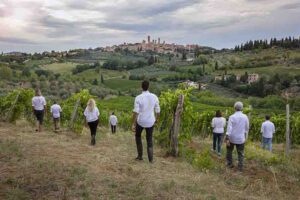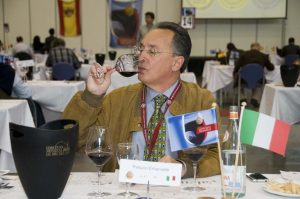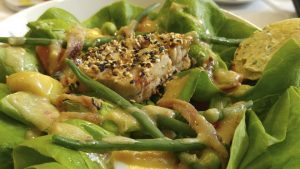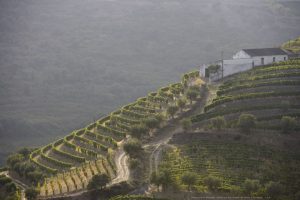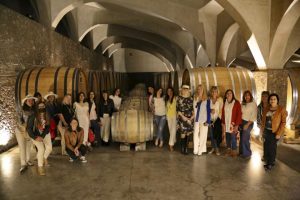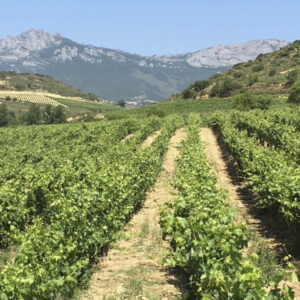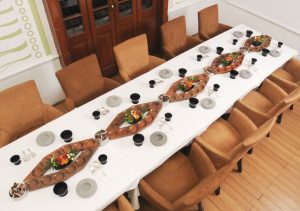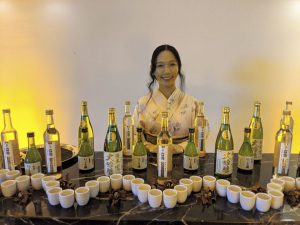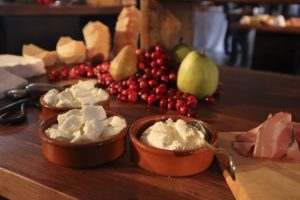Los deleites de Moctezuma
¿Sabían que al emperador Moctezuma lo deleitaban con comidas de 300 platos? La cocina del palacio reunía a los mejores cocineros de México -Tenochtitlan, quienes volcaban su pasión y esmero en cocinar para el gran señor.
En las cocinas del palacio, desde muy temprano se molían los maíces para preparar el nixtamal. En la despensa se tenían más de 30 maíces diferentes que llegaban periódicamente como tributo, unos eran blancos, otros azules, rojos, amarillos y negros. Con ellos se elaboraban primero los tamales que se cocían desde la mañana. Estos se rellenaban con carne de pescado de la laguna, de ancas de rana y de pato.
El resto de la masa quedaba lista y las cocineras comenzaban a echar tortillas en el comal que luego guardaban en unos tompiates tejidos de palma gruesa cubiertos de un pañizuelo de manta limpio. Las hacían variadas, algunas de ellas enrolladas antes de entrar en la cesta. Se cuidaba de mantenerlas en los canastos cerrados y cerca de los comales, para que no se enfriaran.
Para los guisados se usaban una infinidad de verduras: había calabacitas, esquites de elote tierno, jilotes cocidos, quelites al por mayor, nopales, huauzontles, aguacates, tomates y jitomates.
Se preparaban ensaladillas frescas y guisos condimentados con las distintas calidades de chiles.
Las carnes se cocinaban según sus características. Era común ver a las aves asadas en unas varas de otate, sobre todo los guajolotes que asombraban por su gran tamaño. Con la carne de venado se hacían tiras que se secaban al aire, y que se comían a mordiscos para acompañar una tortilla.
Con los huevos de guajolote se preparaban unas suflés aderezadas con escamoles. Mientras que los gusanos de maguey se guisaban con tomate, chile y epazote. Los chapulines se disponían en pequeñas jícaras para que el emperador tomara a su gusto.
Las carnes de perros y jabalís se guisaban en molli o salsas. Estas podían ser elaboradas con tomates y jitomates y con los chiles secos a los que se les agregaban cacahuates y pepitas de calabaza.
Al punto del mediodía las viandas estaban listas en las cocinas del palacio. Se esperaba la señal del maestro de sala para comenzar su servicio.
El Tlatoani ingresaba al salón acondicionado para la ocasión. Entraban los criados y lo auxiliaban a lavarse las manos, proporcionándole un pañuelo blanco y reluciente para secarse. Al emperador se le llevaban distintos guisos en unas pequeñas escudillas de barro con un brasero debajo. Eran 300 platillos dentro de 30 preparaciones diferentes. Se refrescaba con una agua consistente llena de semillas de chía que flotaban en el líquido. Finalmente se le obsequiaban con frutas de todas las calidades, y se le servía una bebida de cacao perfumado con flores en unas tazas de oro. También se le ofrecían hojas de tabaco enrolladas para fumar.
Si el linaje de cocineros del palacio se mantuviera vivo hoy en día, los chefs prepararían la comida con audacia y con los ingredientes que la historia nos ha traído de distintos rincones del mundo. Y si fuéramos Moctezuma podríamos probar el menú de los 300 platos. La vajilla sería de piezas de piedra de basalto, como la de los molcajetes. Y las copas de obsidiana, las escudillas o caxitlis de cerámica y los cubiertos de plata.
Comencemos a comer en nuestra imaginación y probemos las sopas: una de frijoles con hierba santa, otra de huitlacoche, otra de flor de calabaza, de elote fresco, de setas y hongos, de tortilla. También disfrutemos de las habas verdes, el elote tatemado, los nopalitos verdes con cilantro y orégano, el huitlacoche con tomatillo verde, los esquites morita y epazote, la tinga de zanahoria y chipotle y las setas con ajillos de la región y chiles secos.
Los guisos de carne de guajolote cocinado al pibil con sus cebollas moradas en escabeche que se acompañan de tortillas pequeñas y gorditas muy suaves, embarradas con frijoles refritos guisados en asiento. Y probar el delicioso molli negro que se sirve en un recorrido que incluye los romeritos, los camarones gigantes, el mismo guajolote y el pato rostizado y ahogado en la deliciosa salsa obscura. Otro chef inquieto prepararía los camarones rostizados con aceite de coco, los nopalitos con tomate verde y los romeritos con pasta de cacahuates. Además de los nuevos y deliciosos moles como el amarillito sazonado con jengibre y el de avellanas de los bosques de Amecameca.
Esta es la nueva tendencia de los chefs mexicanos que con pasión se entregan a cocinar para el deleite de los gourmets de todo el mundo que visitan México.
The Delights of Montezuma
Did you know that Emperor Montezuma was delighted with 300-course meals? The kitchen of the palace brought together the best chefs in Mexico -Tenochtitlan, who poured their passion and dedication into cooking for the great lord.
In the kitchens of the palace, from very early the corn was ground to prepare the nixtamal. In the pantry there were more than 30 different corns that arrived periodically as tribute, some were white, others blue, red, yellow and black. With them, the tamales that were cooked from the morning were made first. These were stuffed with fish meat from the lagoon, frog legs and duck.
The rest of the dough was ready and the cooks began to throw tortillas on the comal that they then kept in thick palm woven tompiates covered with a clean blanket handkerchief. They made them varied, some of them rolled up before entering the basket. Care was taken to keep them in closed baskets and near comales, so that they would not get cold.
For the stews an infinity of vegetables were used: there were zucchini, esquites of tender corn, cooked jilotes, wholesale quelites, nopales, huauzontles, avocados, tomatoes.
Fresh salads and stews seasoned with the different qualities of chili peppers were prepared.
The meats were cooked according to their characteristics. It was common to see the birds roasted on otate sticks, especially the guajolotes that amazed by their large size. With venison, strips were made that were dried in the air, and eaten in bites to accompany a tortilla.
With the eggs of guajolote were prepared some soufflés seasoned with escamoles. While the maguey worms were stewed with tomato, chili and epazote. The grasshoppers were arranged in small jícaras for the emperor to take to his liking.
Dog and wild boar meats were stewed in molli or sauces. These could be made with tomatoes and tomatoes and with dried chilies to which peanuts and pumpkin seeds were added.
At noon the food was ready in the palace kitchens. The signal from the hall master was expected to begin his service.
The Tlatoani entered the room conditioned for the occasion. The servants would come in and help him wash his hands, providing him with a gleaming white handkerchief to dry off. The emperor was brought different stews in small clay bowls with a brazier underneath. There were 300 dishes within 30 different preparations. It was refreshed with consistent water filled with chia seeds floating in the liquid. Finally, he was presented with fruits of all qualities, and was served a cocoa drink perfumed with flowers in gold cups. He was also offered rolled tobacco leaves for smoking.
If the lineage of palace cooks were kept alive today, chefs would prepare food boldly and with the ingredients that history has brought us from different corners of the world. And if we were Moctezuma we could try the menu of 300 dishes. The crockery would be made of basalt stone pieces, such as that of the molcajetes. And the obsidian cups, the ceramic bowls or caxitlis and the silver cutlery.
Let’s start eating in our imagination and try the soups: one of beans with holy grass, another of huitlacoche, another of pumpkin flower, of fresh corn, of mushrooms and mushrooms, of tortilla. Let’s also enjoy the green beans, the tatemado corn, the green nopalitos with cilantro and oregano, the huitlacoche with green tomatillo, the esquites morita and epazote, the carrot and chipotle tinga and the mushrooms with bears from the region and dried chiles.
The stews of guajolote meat cooked with pibil with its pickled red onions that are accompanied by small and very soft gorditas tortillas, muddy with refried beans stewed in seat. And try the delicious black molli that is served on a tour that includes the romeritos, the giant shrimp, the same guajolote and the roasted duck drowned in the delicious dark sauce. Another restless chef would prepare the roasted shrimp with coconut oil, the nopalitos with green tomato and the romeritos with peanut paste. In addition to the new and delicious moles such as yellowish seasoned with ginger and hazelnuts from the forests of Amecameca.
This is the new trend of Mexican chefs who passionately dedicate themselves to cooking for the delight of gourmets from all over the world who visit Mexico.
Récents articles
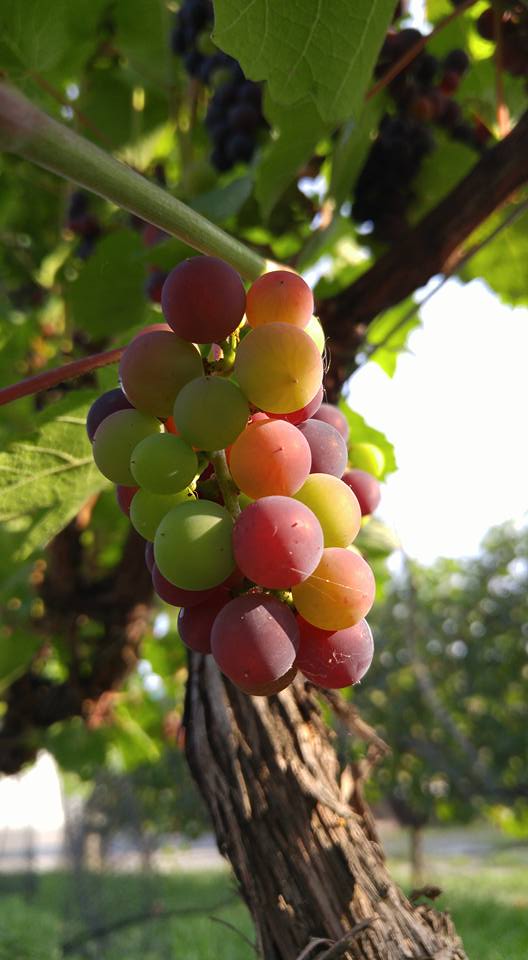
Stay tuned for new articles and industry trends !
Subscribe to our newsletter and make sure you don’t miss the publication new editions of the magazine!
